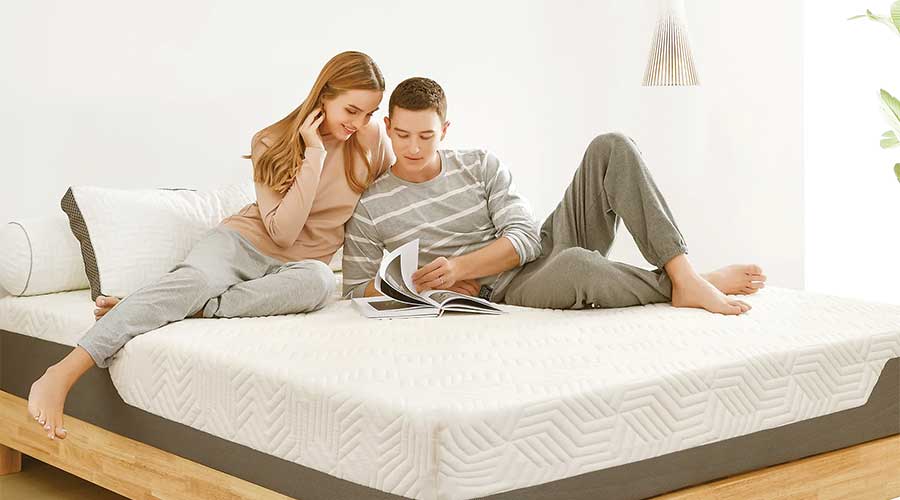Kitchen Pantry Ideas You'll Love
- 27 Apr - 03 May, 2024
Welcome to our weekly segment on sleep science, where we delve into the nuances of creating the perfect sleep environment. Today, we're tackling a question that often perplexes many: which type of mattress is better for a good night's sleep?
A good mattress is more than just a piece of furniture; it's a crucial factor in ensuring quality sleep, which is essential for overall health and well-being. With countless options flooding the market, from memory foam to innerspring, choosing the right mattress can be overwhelming. Fear not, as we're here to shed some light on the matter.

HYBRID MATTRESSES:
For those who want the best of both worlds, hybrid mattresses offer a compelling solution. Combining the support of innerspring coils with the comfort of memory foam or latex layers, hybrid mattresses provide a balanced sleep surface that caters to a wide range of preferences.
Hybrid mattresses excel in providing targeted support and pressure relief, making them suitable for a diverse array of sleepers. Additionally, they often incorporate features like enhanced edge support and reinforced lumbar zones, further enhancing overall comfort and durability.

Memory Foam Mattresses:
Memory foam mattresses have gained immense popularity in recent years, and for good reason. Made from viscoelastic foam, these mattresses contour to the shape of your body, providing personalized support and comfort. This adaptive feature is particularly beneficial for individuals with joint pain or pressure points, as it helps distribute body weight evenly.
Moreover, memory foam mattresses excel in motion isolation, meaning that movements on one side of the bed are less likely to disturb your partner. This can be a game-changer for couples with different sleep schedules or restless sleepers.
However, it's worth noting that memory foam mattresses have a reputation for retaining heat, which may not be ideal for hot sleepers or those living in warmer climates. Fortunately, advancements in technology have led to the development of gel-infused or open-cell memory foam, which offer better breathability and temperature regulation.

Innerspring Mattresses:
Innerspring mattresses, characterized by their coil support system, have been a staple in the bedding industry for decades. These mattresses offer a traditional bounce and firmness that some sleepers prefer. With varying coil configurations, such as pocketed coils or continuous coils, innerspring mattresses provide different levels of support and motion transfer.
One of the key advantages of innerspring mattresses is their superior breathability, thanks to the open structure of the coils. This allows for better airflow, keeping you cool and comfortable throughout the night – a crucial factor for achieving restorative sleep.
However, innerspring mattresses may lack the contouring support provided by memory foam, which can be a downside for individuals with specific orthopedic needs or chronic pain.
Conclusion:
When it comes to choosing the perfect mattress for a good night's sleep, there's no one-size-fits-all solution. Factors such as personal preference, sleep position, and any existing health conditions should be taken into account.
Whether you opt for the plush embrace of memory foam, the classic support of innerspring, or the versatility of a hybrid, investing in a high-quality mattress is an investment in your well-being. So, take your time, do your research, and prioritize comfort and support above all else. After all, a restful night's sleep is priceless.
COMMENTS